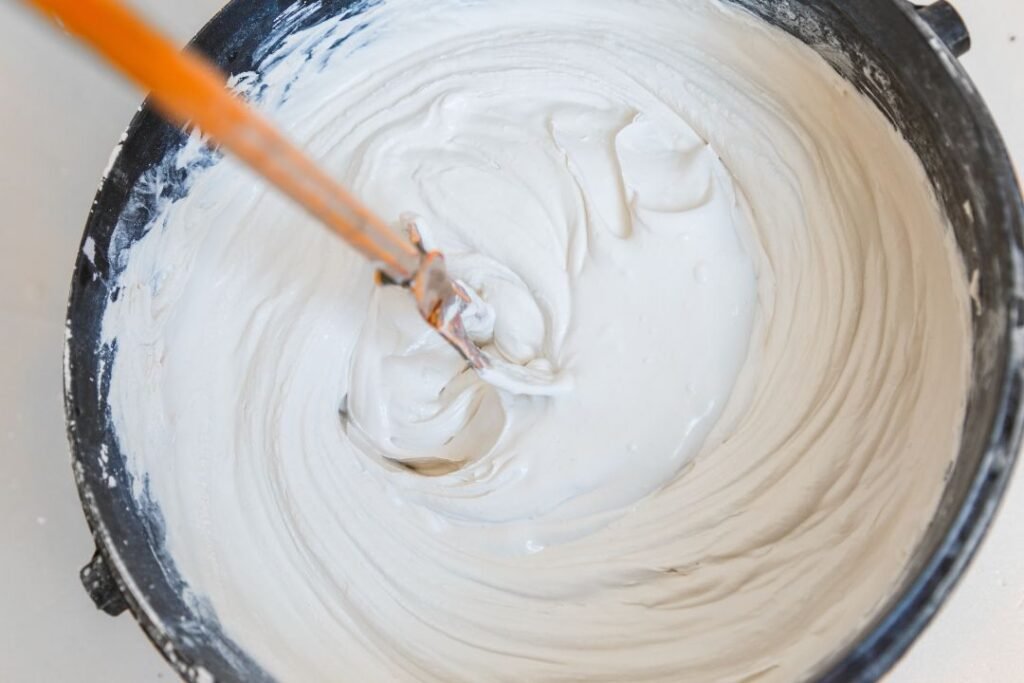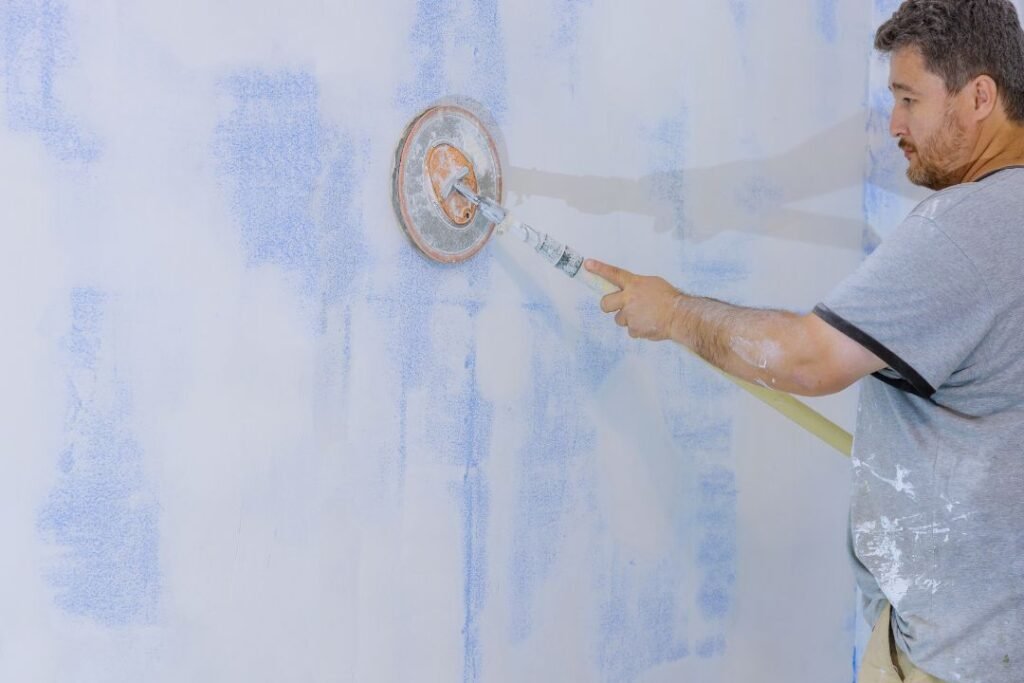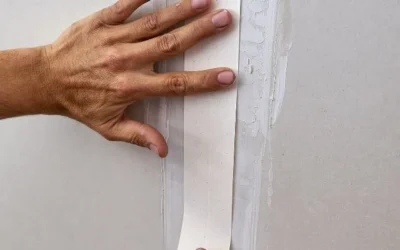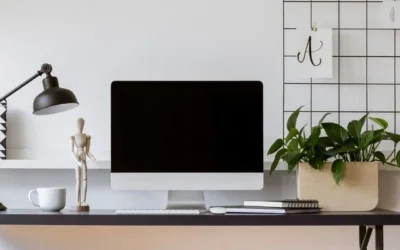When it comes to plastering it may seem simple and straightforward, but to achieve a smooth seamless finish is a difficult feat to achieve for most DIY plasterers. Whether it’s just patching up a small area or tackling a large wall, plastering is not without its challenges. Unfortunately, many DIY plastering jobs often result in subpar results that need to be started over again. In this post, we’ll cover 6 common mistakes DIY plasterers make and how you can avoid them to achieve the smooth, professional finish you’re aiming for.

Insufficient Preparation
Proper preparation of surfaces is key to a successful plastering job. However, many DIYers underestimate the importance of this step and will leave the wall as it is. Common mistakes in this step are not cleaning the surface properly, not removing dust or old paint, and ignoring cracks and holes.
Before you start on a plastering job, you have to make sure that the surfaces you’re working on are thoroughly clean. This is to make sure that the plaster adheres properly to the surface. Remove old paint, dust, and grease and fill cracks and holes with filler. Ensure that the surfaces are completely dry before applying plaster. For more detailed instructions, check out this guide on repairing cracks by Bunnings.
Using the Wrong Plaster Material
Choosing the right plaster is important as different surfaces require different types of plaster. Depending on the material, they will also have different preparation methods before they can be applied to the surfaces. The most common mistake DIYers encounter with this step is choosing a material for exterior walls when they are working with interior walls, and vise-versa.
To avoid committing this mistake, research different kinds of plaster to find what suits the area you’re working with. You can also consult a professional plasterer to get an idea on the right plaster for your project.

Incorrect Mixing of Plaster
Different types of plaster will need different mixing ratios. The consistency of the plaster can greatly affect the outcome of your plastering job so it’s important that you get the right mix. Many DIYers tend to add too much or put too little water in the plaster mix. Another mistake is not mixing the plaster thoroughly.
To achieve the right consistency, follow the manufacturer’s guidelines for the mixing ratio. Mix plaster using appropriate tools until it’s smooth without any signs of lumps.
Poor Application Techniques
How you apply the plaster can significantly affect its finish. Poor application techniques can lead to uneven surface and overworked plaster. When overworked, the plaster becomes weak and eventually forms cracks when dried. Using inappropriate tools can also lead to poor plastering results. To improve your technique, practise spreading plaster in thin, even layers. Use appropriate tools such as a trowel to achieve the professional and polished finish. Don’t also overwork the plaster by allowing it to set first before smoothing it out.
Ignoring Drying Times
Plaster needs to be dried down completely to avoid cracks and imperfections. Since some DIYers want to finish the job as soon as possible, they rush the drying process and keep on applying additional coats even if the previous layer hasn’t dried yet. Refer to the manufacturer’s guidelines for the recommended drying times to achieve a proper finish. Don’t expose the plaster to extreme temperature or excessive humidity during the drying process. Make sure that the space has proper ventilation or use fans to speed up the drying process.

Forgetting to Sand Down
Many DIYers forget to add the final touches to a plastering job. Sanding is an important step in achieving a smooth finish on your surface. Some people tend to forget to sand down the plaster once it’s dried or they don’t use the right sandpaper grit. Always sand down the plaster to remove any imperfections. Start with a medium grit sandpaper and gradually move to a finer grit for a more polished finish.
Practise Makes Perfect
No one can perfect the skill of plastering the first time around. It’s a learning process so you have to keep on practising before you’re able to perfect the art of plastering. By being aware of the common errors encountered by many DIY enthusiasts, you will at least have an idea on how to avoid them and ensure a better finish. Plastering is a highly rewarding project that impacts the appearance of your home. Don’t get discouraged when it doesn’t turn out to be as flawless as you thought. Keep refining your plastering techniques and you’ll see great results soon.




